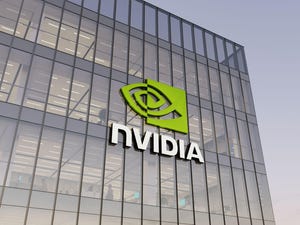D3.1 Finally (Really) Debuts Down Under
Australian government-backed wholesale broadband provider concludes successful D3.1 field trial on a retail operator's HFC network in Victoria, achieving download speeds of nearly 1 Gig.

Several years after its rollout in North America, DOCSIS 3.1 has finally made its long-awaited debut in Australia.
The National Broadband Network (NBN), the government-backed operator created to build a next-gen wholesale broadband network throughout Australia, announced Wednesday it has completed a D3.1 field trial on a retail operator's hybrid fiber-coax (HFC) network in the Melbourne suburb of Templestowe, Victoria. The trial, conducted over a network serving 2.5 million homes and businesses, clocked in with download speeds as high as 994 Mbit/s.
NBN also revealed it conducted a related lab test with D3.1 that generated upload speeds as high as 988 Mbit/s. The D3.1 spec can support download speeds up to 10 Gbit/s and upload speeds of at least 1 Gbit/s under the right circumstances.
Both D3.1 trials leveraged the expanded spectrum range inside the coaxial cable that NBN says it will progressively start using to support future wholesale speed upgrades. The trials tapped into more spectrum than most HFC lines now do, thanks to an improved bandpass filter.
"This is an important day for NBN. It shows how a specific technology -- HFC -- is evolving to meet customer demand for greater capacity from their broadband connection over time," NBN CTO Ray Owen said in a prepared statement. "As we work to complete our network rollout, we're constantly looking at what's over the horizon for all of our technology assets and how we can evolve our network as demand grows."
Why this matters
Besides demonstrating DOCSIS 3.1 has finally come out of the shadows in Australia, the news is significant because it shows NBN is getting back on track with its HFC network upgrades after years of delays and cost overruns. The company conducted its first lab trial of D3.1 back in mid-2017 with plans to follow up with field trials later that year. But those plans never materialized due to technical issues with the HFC networks it inherited from private providers, prompting NBN then to shift its technology mix more towards fiber-to-the-curb (FTTC) architectures.
NBN also has lab-trialed the new Full Duplex DOCSIS 3.1 spec, which will support symmetrical speeds up to 10 Gbit/s. But, with the basic D3.1 spec still not commercially deployed, it seems unlikely Full Duplex will make its debut in Australia any time soon.
Related posts:
— Alan Breznick, Cable/Video Practice Leader, Light Reading
Read more about:
AsiaAbout the Author(s)
You May Also Like













